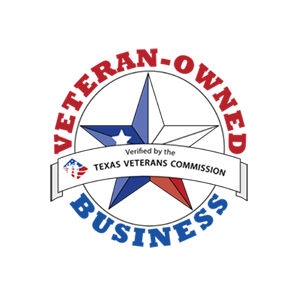CSRS: One of the US Government’s two retirement systems. Created in 1920, but its legacy continues.
CSRS Basics: How does the Civil Service Retirement System work?
Federal employees hired before 1984 participated in the Civil Service Retirement System (CSRS). No new employees can join. Only employees already enrolled in this program can participate.
The CSRS began in 1920 and existed as the only federal employee retirement system, predating the Federal Employees Retirement System (FERS) by nearly 70 years. CSRS is a defined benefit plan that provides a lifelong payment (annuity) to eligible federal employees when they retire.
The CSRS is a single-benefit retirement plan. CSRS employees are required to contribute 7% to help finance their retirement benefits. Their agency matches the contribution with 7% as well. CSRS employees do not earn a Social Security benefit for their federal CSRS time since they do not contribute to Social Security. CSRS employees who have worked outside of the government could have earned enough credits to be eligible for Social Security benefits. However, the predicted benefit and the amount received may be far off.
CSRS employees have the option to contribute to the Thrift Savings Program (TSP) up to the IRS limit; however, their agency does not match or contribute. CSRS and CSRS Offset employees can also contribute up to 10% of their aggregate base pay into the Voluntary Contributions Plan (VCP).
Retirement Eligibility
Eligibility for an immediate, unreduced annuity for CSRS employees is met by fulfilling one of the following combinations of age and service requirements:
- Age 62 with 5 years of service
- Age 60 with 20 years of service
- Age 55 with 30 years of service
CSRS employees must have worked in a position under CSRS coverage for 1 of the last 2 years before retirement. Immediate annuities begin within 30 days after separation.
High-Three Average Pay
The high-three average pay is the largest annual rate resulting from averaging over any period of three consecutive years of creditable service, an employee’s rate of basic pay in effect during that period. The three years of service need not be continuous but must be consecutive periods of service. Most employees equate their last 36 months of working as their “high-three,” but it is not required to be the last 36 months of an employee’s career.
Computation for CSRS Annuity
Use the following calculations to determine annuity:
“High-three salary” x first 5 years of service x 1.5%
“High-three salary” x the next 5 years of service x 1.75%
“High-three salary” x the remaining years of service x 2.0%
Example:
High-three: $82,000
Service: 35 years
$82,000 x 5 x 1.5% = $6,150
$82,000 x 5 x 1.75% = $7,175
$82,000 x 25 x 2% = $41,000
Basic annuity $54,325 annually before taxes
When a CSRS employee reaches 41 years and 11 months of service, additional time no longer factors into their pension calculation. In this case, 80% of the “high-three” average is the maximum they can receive for their retirement pension. CSRS employees do not accrue any greater pension benefit by working beyond the maximum service limit. They will continue to have 7% withdrawn from their paycheck, but these excess contributions will be returned to the employee with interest at the time of retirement.
CSRS Offset deals with employees who have time under the CSRS system but have had a break in their service for more than 365 days. CSRS Offset combines features of the CSRS plan as well as the FERS plan. CSRS employees do not contribute to Social Security; a CSRS Offset employee does. These Social Security contributions reduce the amount of the CSRS Offset pension.
The CSRS has additional categories of benefits. Each has its own special set of rules and calculations.
- Optional
- Special/Early Optional
- Special Provisions Retirement
- Discontinued Service
- Disability
Understanding each plan’s features, benefits, and limitations is critical for a federal employee’s long-term financial security.
CSRS and CSRS Offset can be complicated – connecting with a professional who understands the totality of your benefits in detail is critical.
